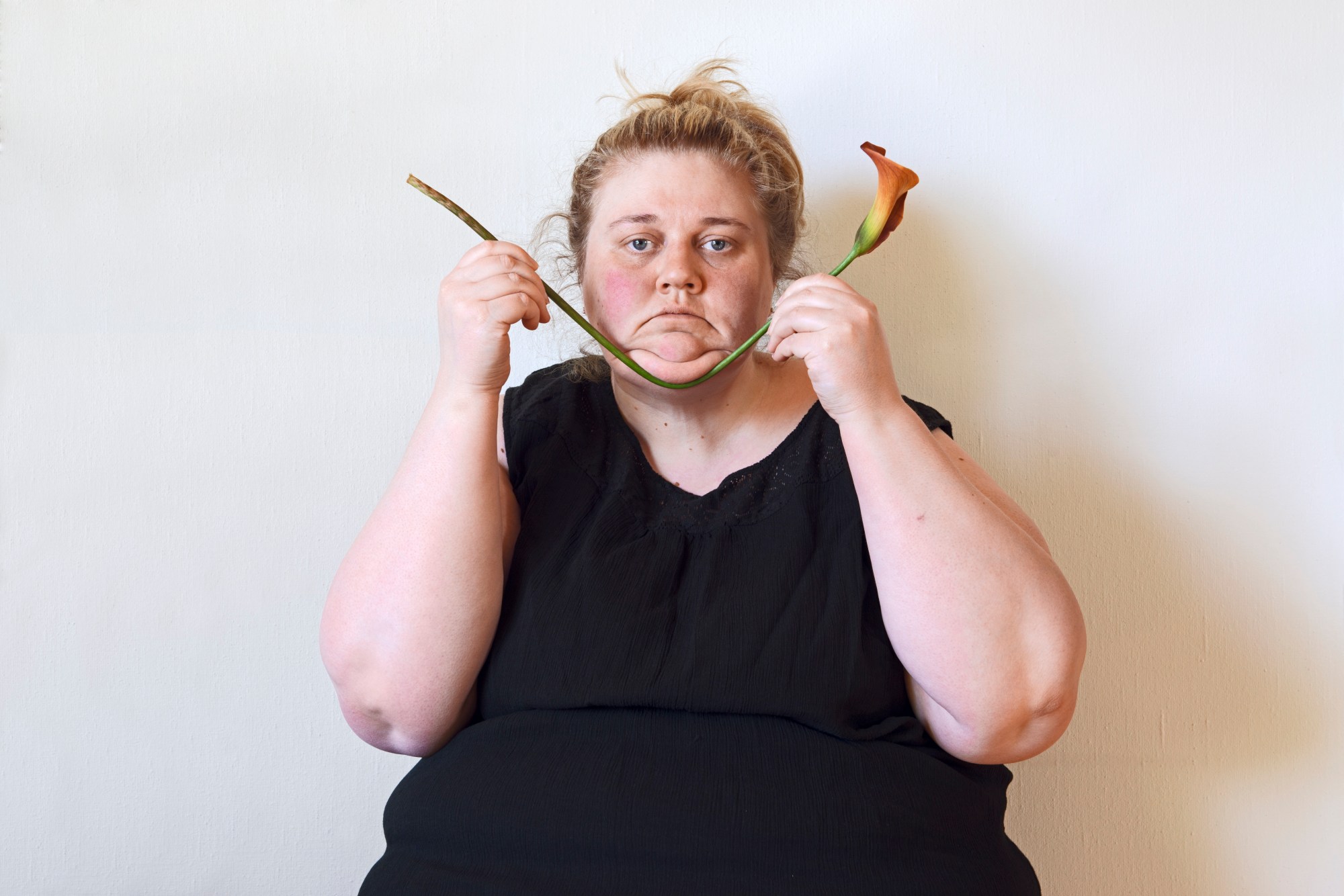Iiu Susiraja balances an umbrella above her head, tilting it slightly to reveal a set of suspended sausage links. She’s barefoot, wearing a blue bathing suit, and stands against a plaid background, beside a few fish stretched out on a candelabra. As is typical of her intriguing images, the Finnish photographer locks eyes intensely with the viewer, inviting us inside a visual universe that, though seemingly bizarre, continues to suck us in.
The image in question, “Sausage Cupid”, is one of many currently on display at MoMA PS1 for the artist’s solo show A Style Called a Dead Fish, her first museum exhibition in the United States. Featuring various videos plus over 50 pictures that blend the conventions of portraiture and still life, the show follows the evolution of her photography from 2008 until today and tackles overarching themes such as self-presentation, femininity, and the body. A catalog with her poems will also be published alongside the exhibition, exploring the inner workings of an enigmatic artist with roots in Hepokulta, a suburb of Turku, Finland.
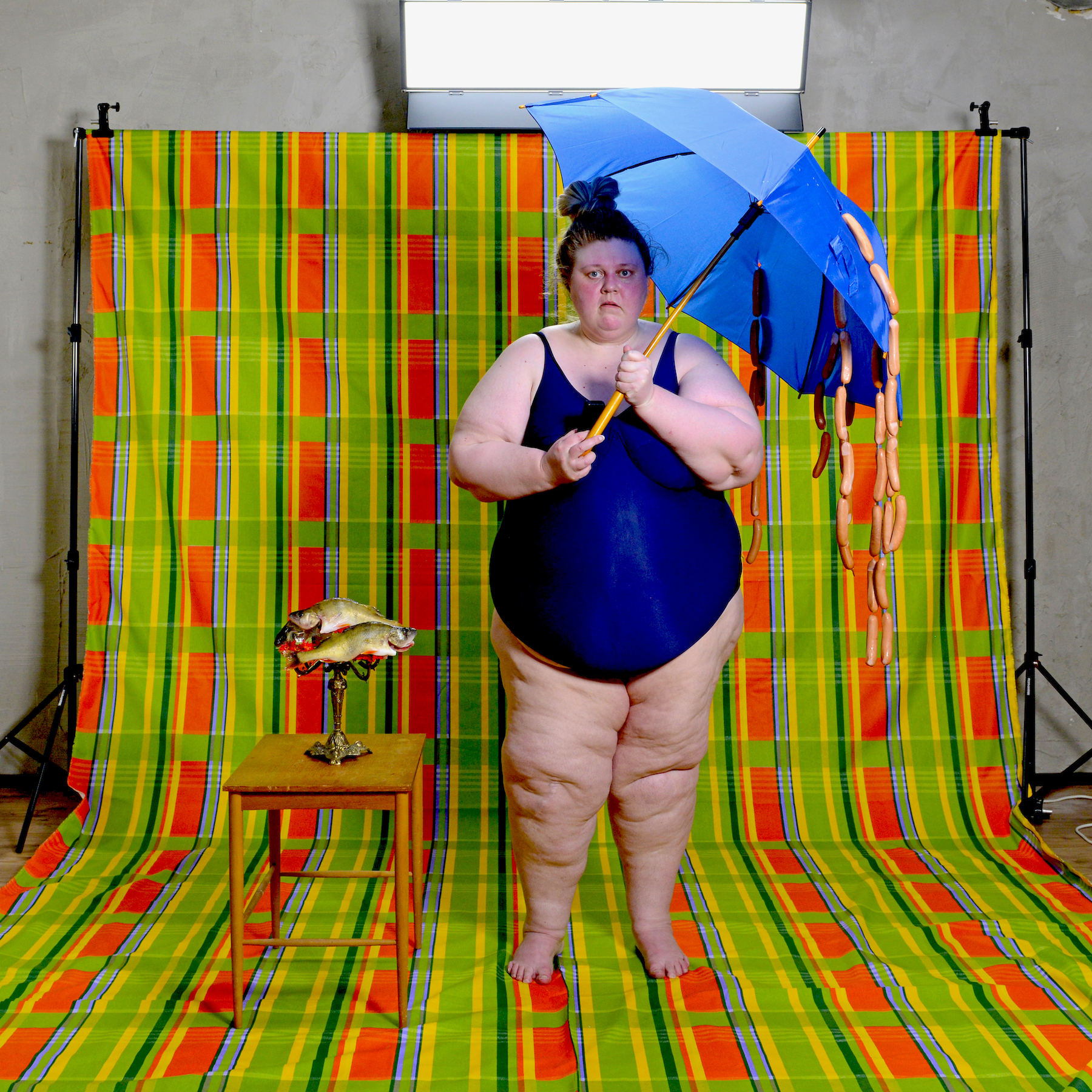
Iiu traces her interest in photography back to an early age, when she became captivated by its immediacy. “I like it because it’s fast,” she says. “As a child, I took photos for a while, but it was expensive because of film, so I stopped.” After picking up a digital camera in 2007, she started again, though she “never thought it would become a career”, given her training as a textile designer. This fascination with fabric materialises in her earliest photos, like “Large-Scale Cleaning”, where a rolled-out rug almost blocks her body from view. “In those pictures, I’m with an object, so you got something extra,” Iiu says. “Only a portrait would have been too boring.”
Of course, the photographer is far from dull — as demonstrated by her strange, suggestive and semi-ironic style of image-making. She’s known for finding absurdity in the quotidian, posing amid scenes she arranges at home or in her parent’s house, generally between noon and 2pm to catch the best sunlight. More often than not, she’s naked and sporting an absent stare, adorned with ordinary props like bananas, rubber duckies and heart-shaped balloons. “I try to be the same person in public and in private, otherwise everything would probably be too heavy,” Iiu says about her willingness to be vulnerable. “It’s not difficult for me to be in front of the camera. I haven’t censored my photos; I don’t think that deeply about photography or art.”

Symbolism plays a key role in her practice, either consciously or by chance. Iiu usually compiles a list of items to include beforehand, factoring in how certain settings inform our identities and consequently, our perceptions. One of her most common locations is the kitchen — a domestic space loaded with demands of female labour — in addition to her bedroom. Instead of heavy-handed commentary, she deploys her signature deadpan humour that hinges on a range of juxtapositions: two balaclavas draped over her breasts, a plastic hand sticking out from between her legs, four ladles dangling from her mouth like globs of drool. In one photo, Iiu lies with her bruised behind facing the camera, a small pinwheel wedged between her butt cheeks.
The artist recently wrapped up Hot Stuff, an exhibition at New York’s Nino Mier Gallery that showcased a selection of self-portraits, a couple of videos, and even some whimsical sculptures she 3D-printed in plastic — her first foray into the medium. “My sculptures and photographs are connected by an interest in objects,” Iiu explains. Through incorporating items from her images she considers “recognisable in shape” and bringing them to life on a larger scale, she further combines contrasting elements — a hotdog bun holding a tube of lipstick, or an ice cream cone topped with a small globe. Each sculpture challenges our expectations by negating the functional purpose of the object, acting as a clever critique of consumer culture.
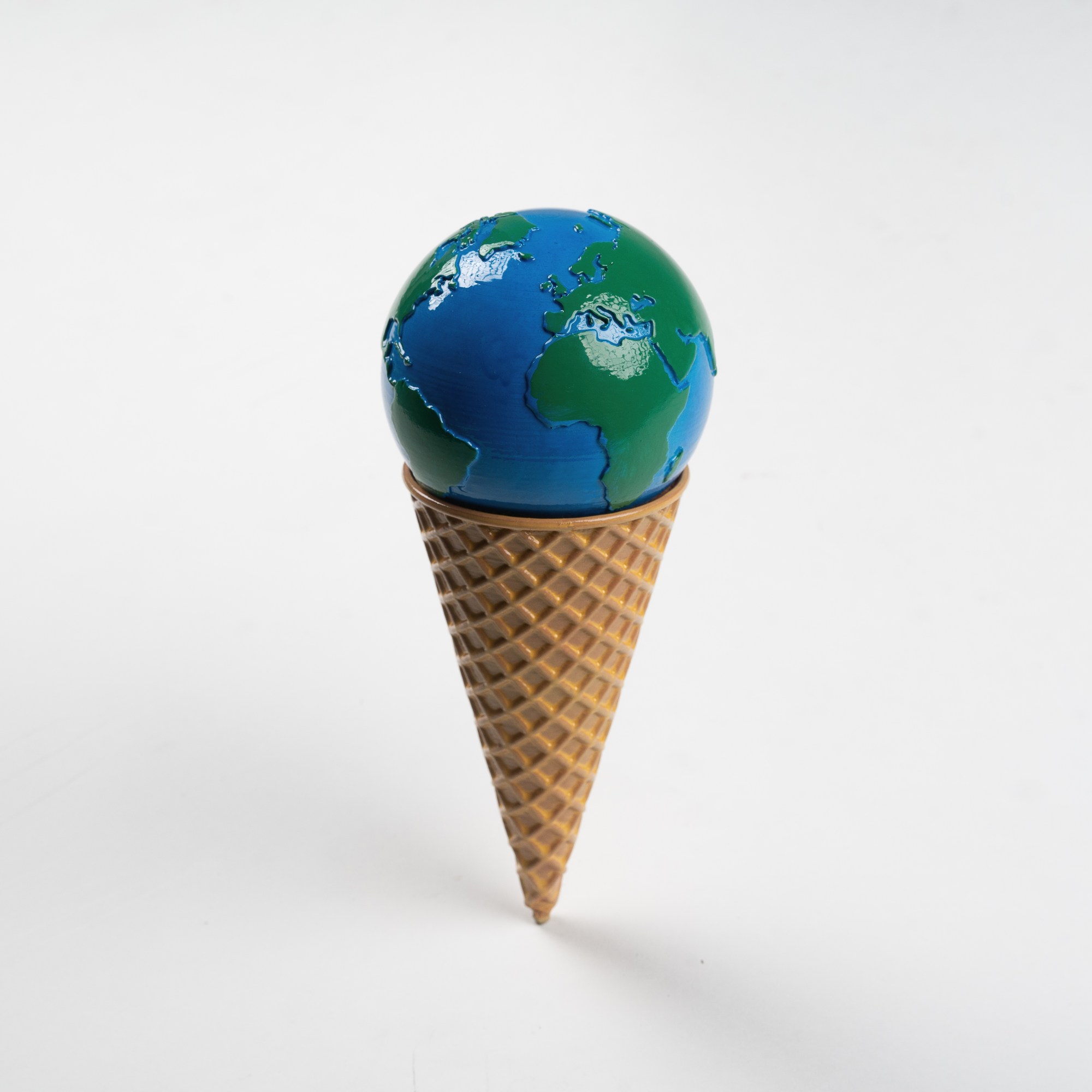
Beyond the several layers of wit, Iiu also tends to attract attention to her figure, which elicits anything from fatphobic remarks to praises of the body positivity movement. This is probably because she assumes the responsibility of both photographer and subject — even without explicit political intent — and simply exists as a blank slate upon which we can project our biases. But the artist isn’t too phased by others’ opinions of her. From A Style Called a Dead Fish to her body of work as a whole, her goal is to leave us laughing and perhaps, a little puzzled.
“It’s good if viewers remember my pictures after visiting the exhibition. And if my art confuses people, that’s a great thing,” Iiu says. “I don’t want my art to be easy. It can be everything else, but not easy.”
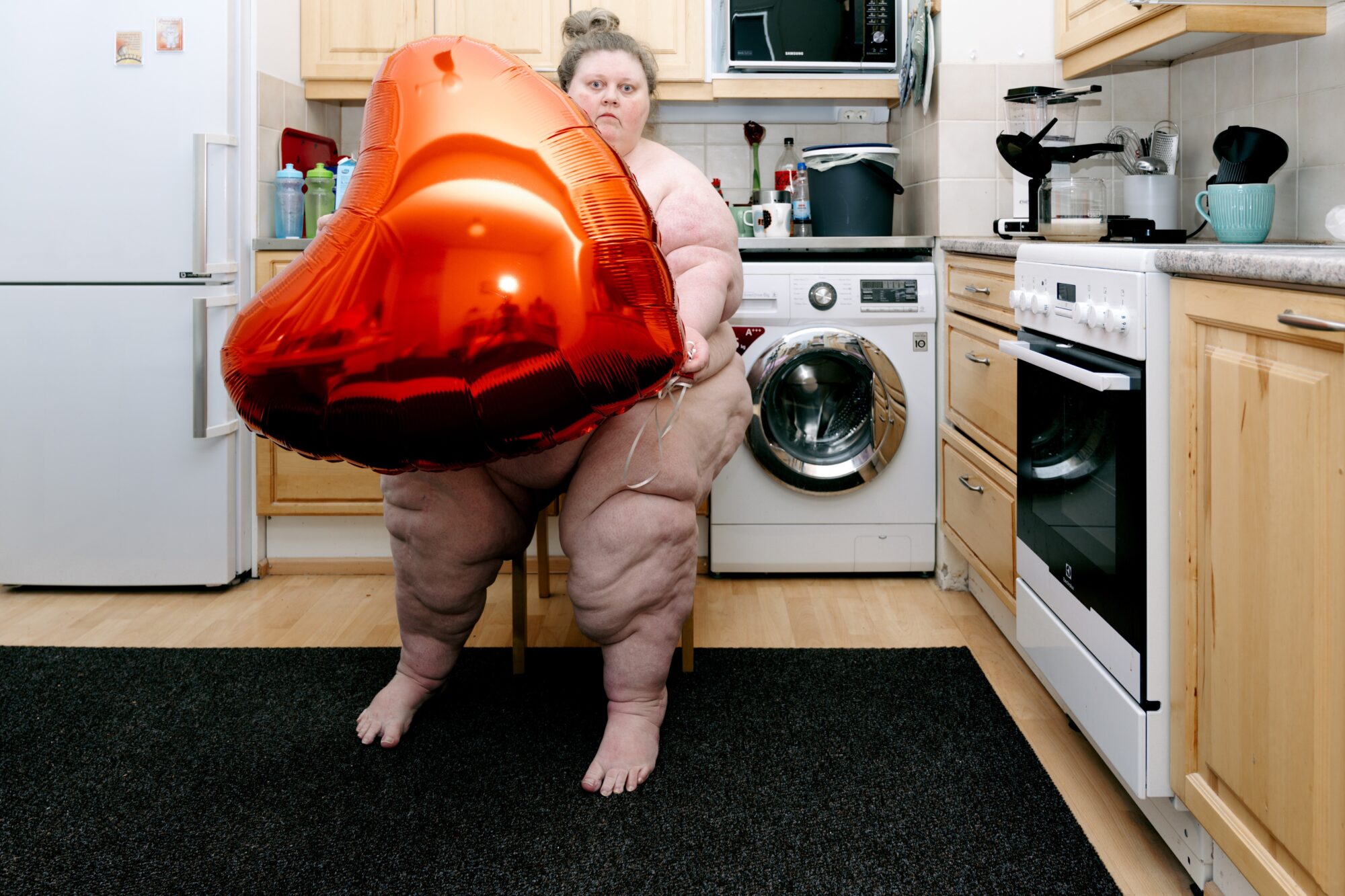
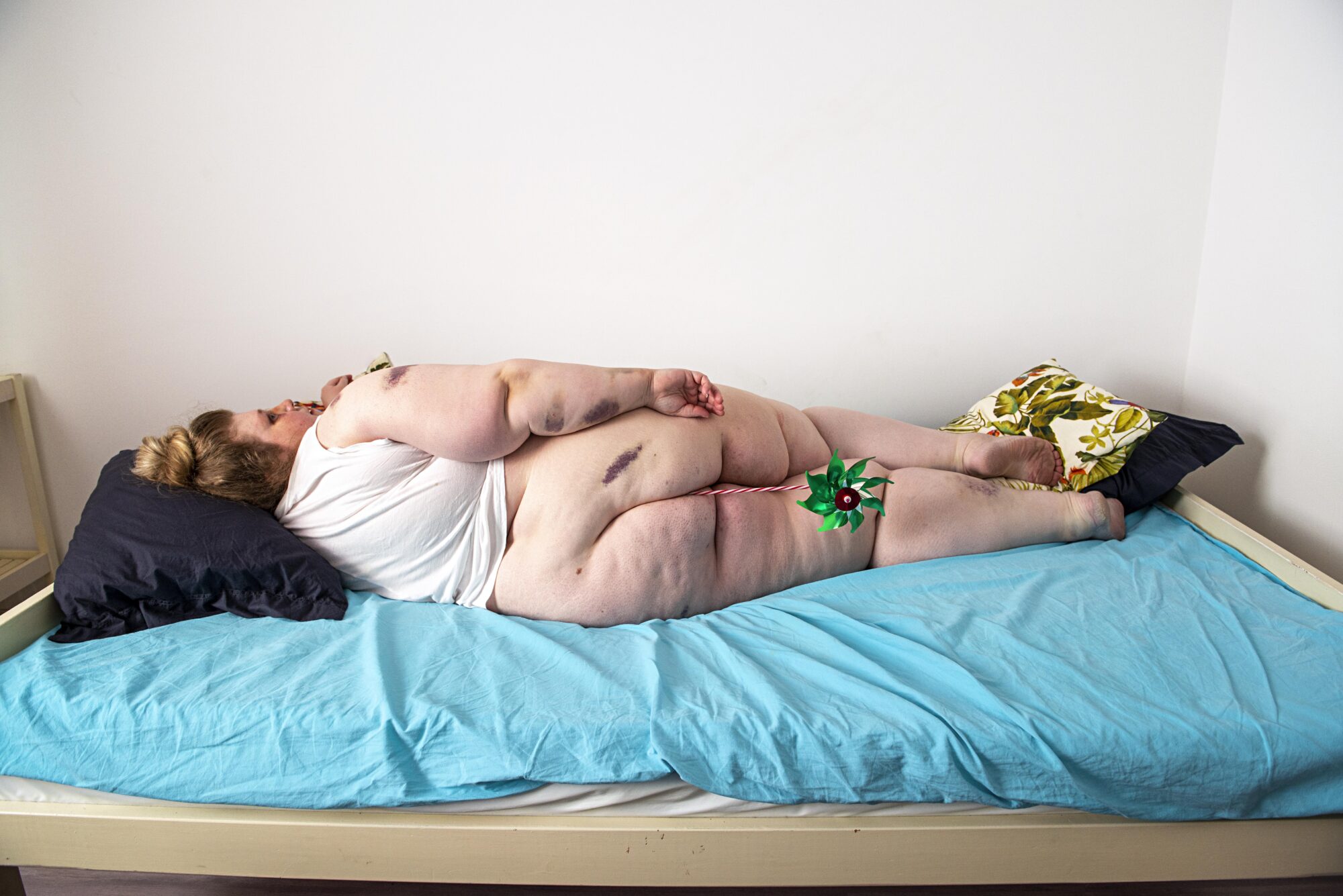
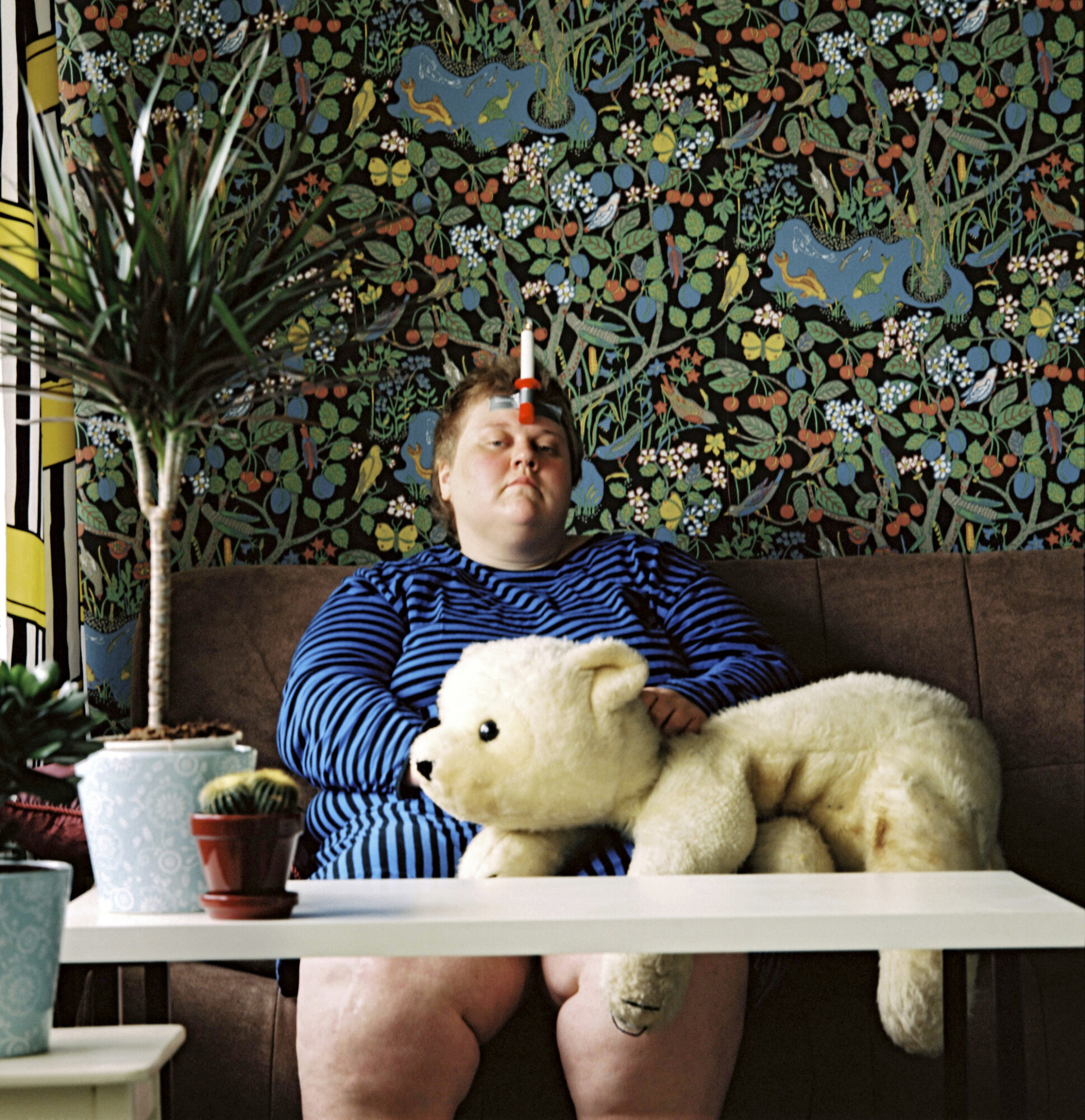

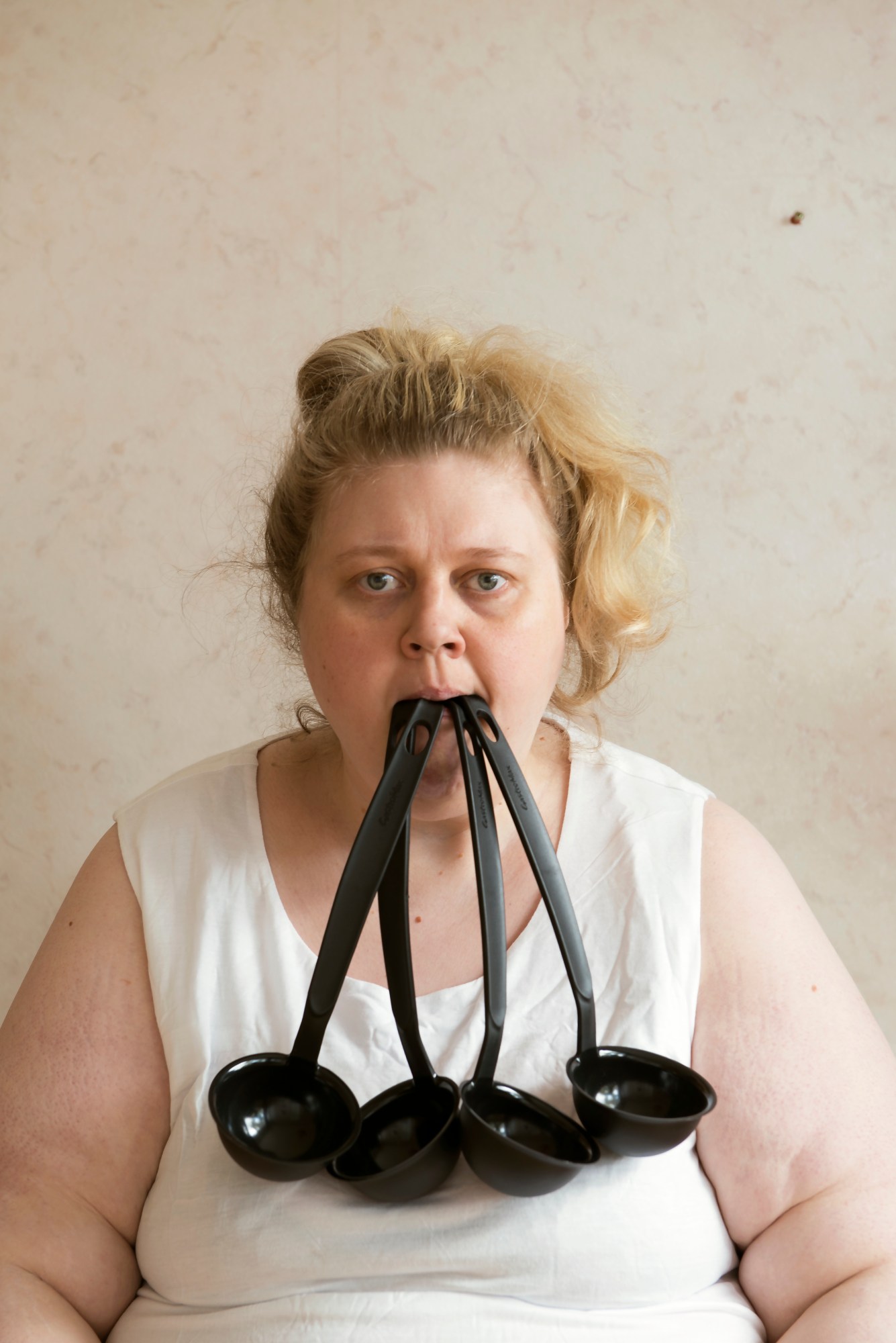
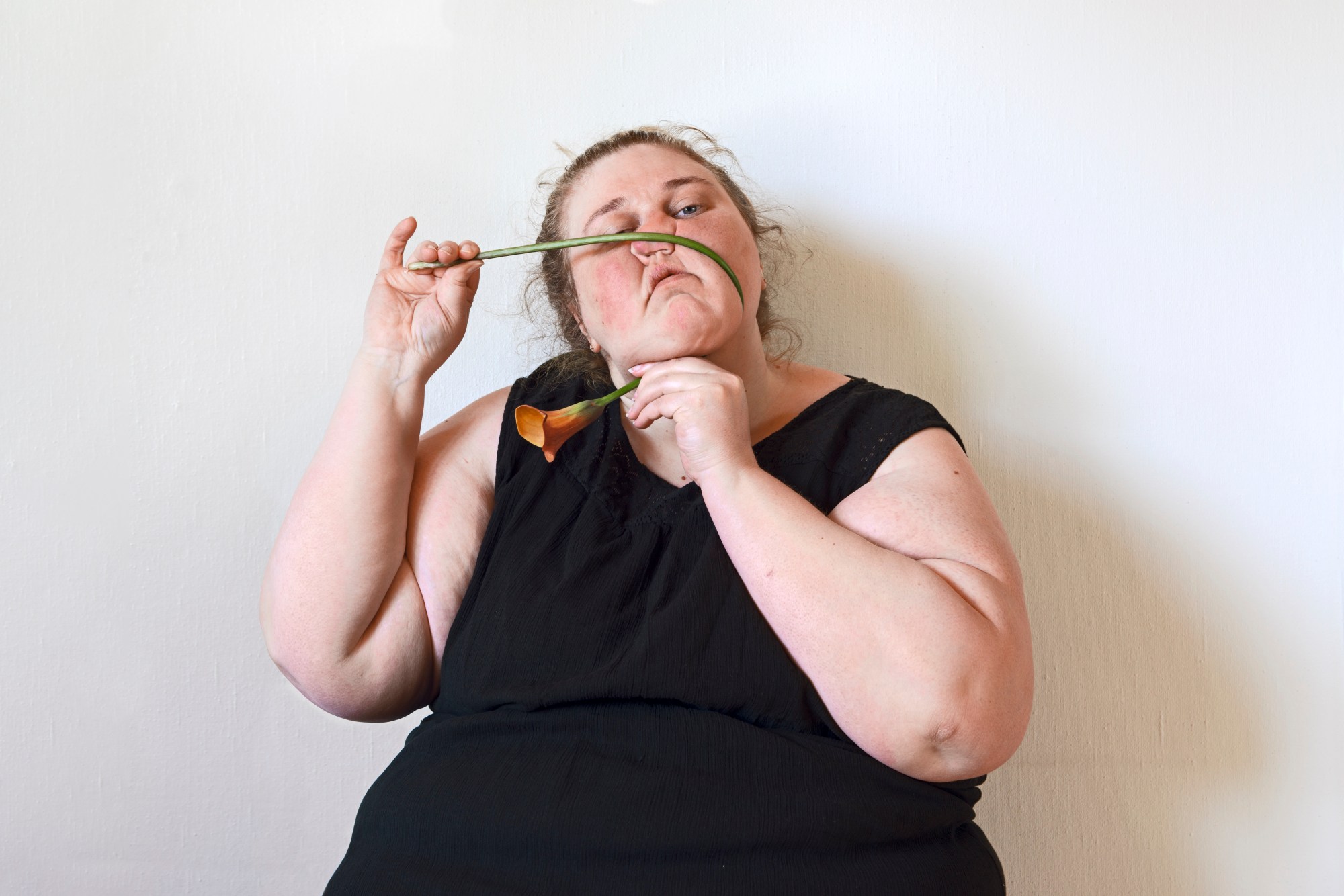
A Style Called a Dead Fish is on view at MoMa PS1 until 4 September 2023.
Credits
Images courtesy of the artist.
